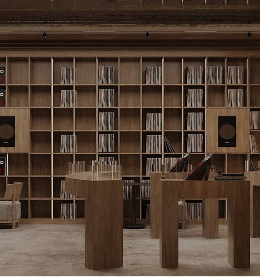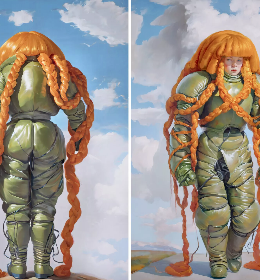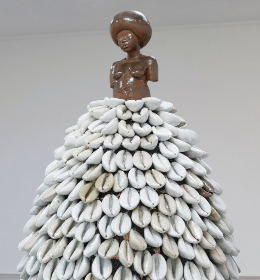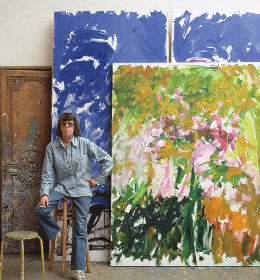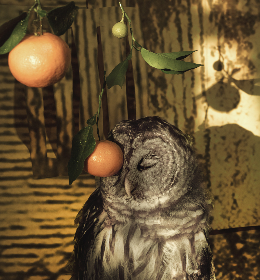From September 7 through 9 in Brussels, the first edition of A Performance Affair will make leaps and bounds to change this. Entitled “The Panopticon”, the event described as “a new platform dedicated to the economies of performance art” will bring together both emerging and known artists represented by top-level galleries, such as Galerie Emanuel Layr (Julien Bismuth), ARCADE / Ellen de Bruijne Projects (Jeremiah Day), Meessen De Clercq ( Lieven De Boeck), the Galerie Michel Rein (Carole Douillard), Seventeen (Emily Perry) and Galerie Nathalie Obadia (Joris Van de Moortel). Liv Vaisberg and Will Kerr, who conceived the project, talk us through it.
How will the ideas around performance be presented here?
Selected by a passionate committee of performance-art specialists – consisting of gallerists Ellen de Bruijne and Michel Rein, collectors Josée & Marc Gensollen and Frédéric de Goldschmidt, and curators Eva Wittocx and Catherine Wood –, 23 performances are planned for the three days on the second floor of the Vanderborght space, with the Brussels Gallery Weekend taking place within the same building. On platforms facing each other around an atrium (evoking the eponymous panopticon), surrounded by CCTV cameras, A Performance Affair aims to stimulate the desire to collect performance art, focusing on the economic aspects of the medium. The weekend will draw to a close with Rose Lejeune leading a discussion of the issues linked to the collection of this ephemeral and non-material art.

Candida Powell-Williams, Boredom and its Acid Touch, Act III, 2017. Courtesy the artist and Bosse & Baum
Are today’s collectors ready to acquire performance rights – as was the case with Tino Sehgal – or do the majority of transactions still revolve around texts, videos or photographs, and the objects used in the piece?
Some collectors are prepared to buy performance rights, considering their purchase more as financial support, as a kind of sponsorship. It is true that the majority of transactions revolve around the props. But we’re sure that if more artists and their galleries proposed the idea, certain collectors would be interested in having ownership of a concept, an ephemeral version of the work. We haven’t instructed our participants on this subject, but we did encourage them in their application to reflect on it. They also all had to formulate a description of how they wanted to sell their performance – this makes up our catalogue.
Is the reluctance that some collectors harbour linked to the blurred lines sometimes surrounding the legal rights linked to performance – and the discrepancies in different countries’ laws?
We wouldn’t say it was reluctance, but – due to its non-material and ephemeral quality, as well as the fact that it more often than not requires the active participation of the artist – performance is naturally tricky to buy and, more than with tangible art, needs a solid contract and awareness of what the collector’s acquisition actually entails. Our co-founder, Liv Vaisberg, is herself an expert in royalties, so these questions will undoubtedly be at the core of our discussion.

Sarah Trouche. Nomad / action for Sahara, 2015, Courtesy ADAGP / Trouche
What was the catalyst for launching the initiative? Is it safe to say that the art market is – finally – ready to see performance in the same way as other media?
This initiative was created following a meeting between the two co-founders, artist Will Kerr and Liv Vaisberg, who had been reflecting on the issue for some time. Performance is everywhere; its popularity has only grown over the years. However, we know that performance artists are, generally speaking, the unluckiest on the art market; the majority don’t get to benefit from the public support given much more generously to dance and theatre arts. The initiative was born through meetings with artists, but also gallerists dedicated to performance or supporting artists in this practice. Several discussions with collectors or curators made us aware of how urgent it was to address the issue and make each link in the chain consider the economics of performance. A Performance Affair’s goal is to have an international presence, provoking the evolution of the conception of performance art in the eyes of artists, gallerists, collectors and institutions alike.

Lieven De Boeck, I AM I, 2017-2018, Courtesy the artist and Meessen De Clercq, Brussels
Henri Robert





